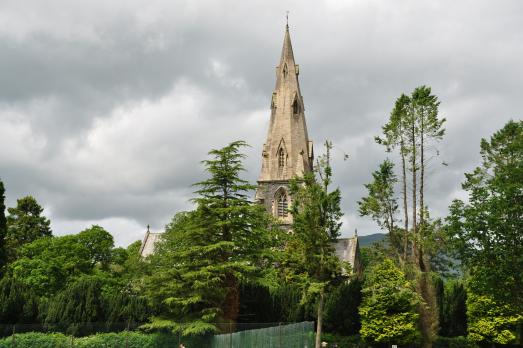
St Mary
Ambleside, Cumbria | LA22 9DH
Visible from miles around that spire of St Mary’s nestles into the beautiful landscape of the Heart of the English Lake District.
Search for a fascinating place to visit, or see the variety of churches, chapels and meeting houses we have supported.

Ambleside, Cumbria | LA22 9DH
Visible from miles around that spire of St Mary’s nestles into the beautiful landscape of the Heart of the English Lake District.
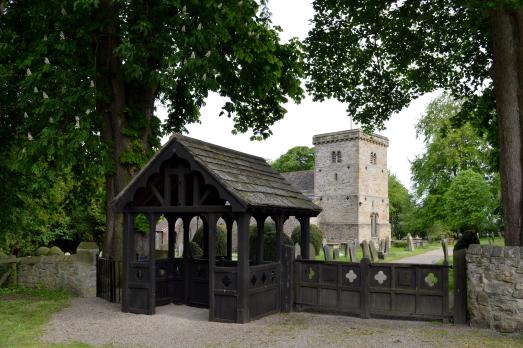
Middleton Tyas, Yorkshire | DL10 6RH
A church of Norman origin in a beautiful location with a rich tapestry of archaeological interests, and with memorials to many famous people.
We have supported this church
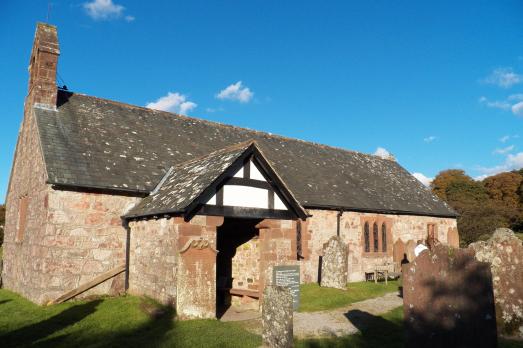
Boot, Cumbria | CA191TG
A magnificent setting among the dales at the upper end of Eskdale with the backdrop of Scafell Pike, St Catherine’s dates back to the 12th century.

Kirkby Stephen, Cumbria | CA17 4QX
Entered from the Market Square through handsome cloisters built in 1810, the parish church stands on the site of a Saxon church and contains many ancient relics.
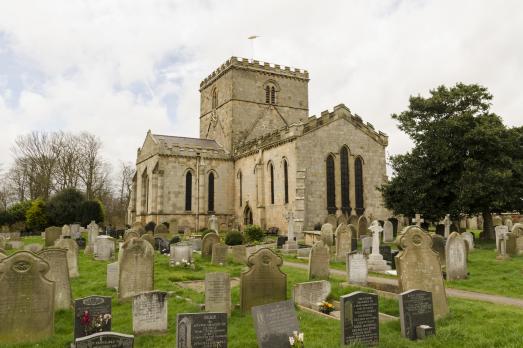
Filey, Yorkshire | YO14 9ET
A 12th century church built during the reigns of King Henry II, Richard I, John and Henry III.
We have supported this church
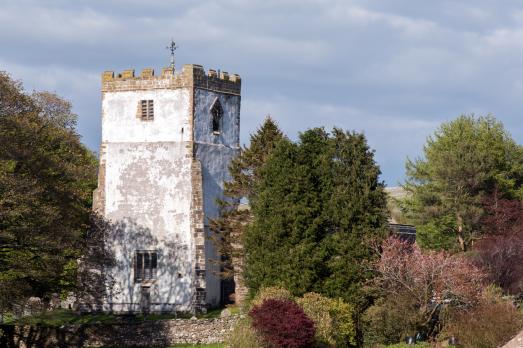
Orton, Cumbria | CA10 3RQ
All Saints is a much loved church and has been the centre of the community for hundreds of years, with origins in the late 13th century.
We have supported this church
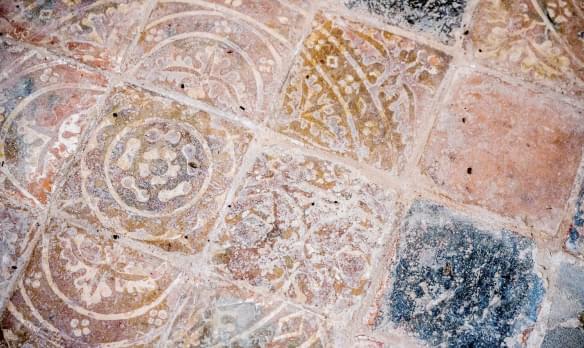
Chop Gate, Yorkshire | TS9 7HY
Lovely listed church, set in beautiful Rural North Yorkshire in the hamlet of Urra.
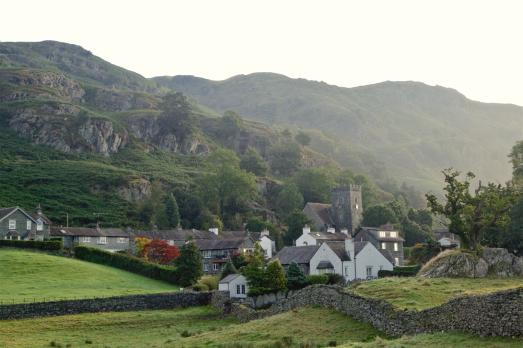
Langdale, Cumbria | LA22 9JJ
Nestling in the heart of the Langdale Valley, Holy Trinity is a fine example of a country Lakeland church and is home to the much admired Millennium Tapestry depicting the history of Langdale.
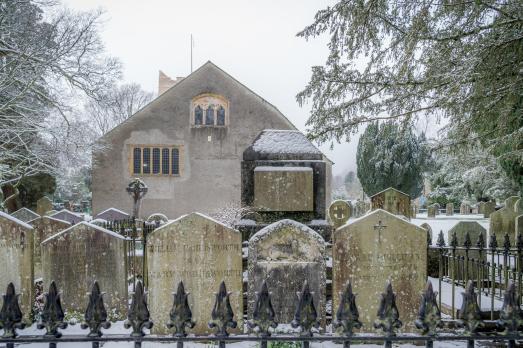
Grasmere, Cumbria | LA22 9SW
This church is well known because of its associations with the great Romantic poet William Wordsworth, who lived in nearby Dove Cottage and is buried in the churchyard.
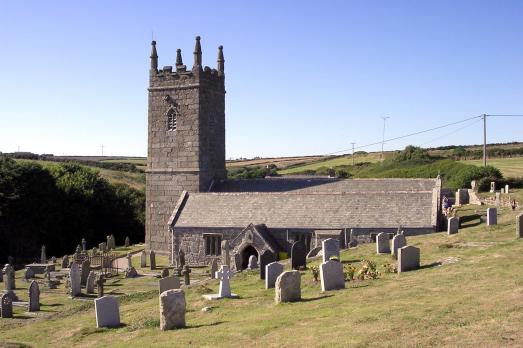
St Levan, Cornwall | TR19 6JT
The place name St Levan comes from Selevan or Salamon, the original patron saint of the church, chapel and holy well here. Salamon is recorded as a 10th century Cornish dedication and may be the Breton king assassinated in 874AD.
We have supported this church
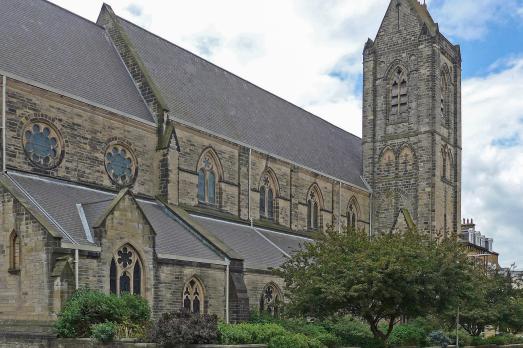
Scarborough, Yorkshire | YO11 2BT
St Martin's, designed by George Bodley and completed in 1863, is famous in the area and features excellent examples of preRaphaelite stained glass.
We have supported this church
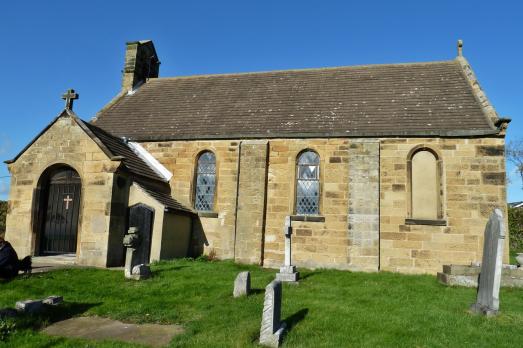
Girsby, County Durham | DL2 1PP
Beautiful tranquil rural setting overlooking river Tees, on walking and cycling routes.